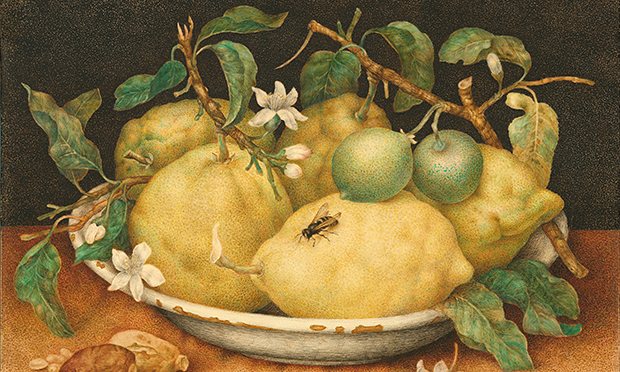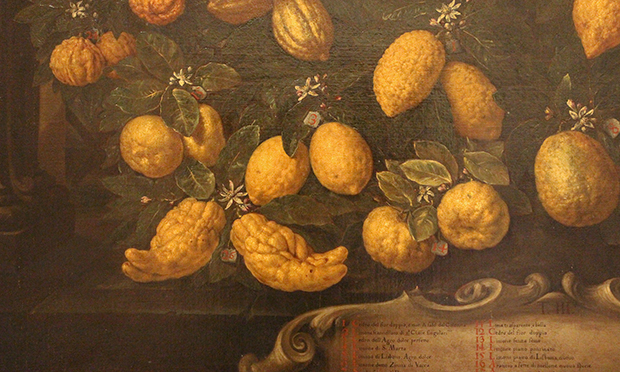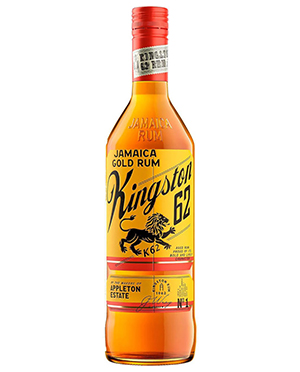That’s amaro

The Citizen Gardener last month inspired us to be more inventive with lemons, as Kate Poland listed all the good things we can enjoy from the bits usually thrown away.
The perfumed acidity of lemon juice is only a part of the range of flavours in this wonderful fruit, so having squeezed your lemon dry, don’t discard its limp corpse, shave off the peel, so long as its unwaxed. Then grate or chop finely along with fresh parsley and garlic to make gremolata, to add as a vibrant last-minute touch to stews or dishes like the Milanese osso buco, where thick chunks of leg of veal along with the bone and its unctuous marrow are simmered slowly, after browning in butter and dowsing with white wine.
The point of this is the blast of aromatics to enliven the almost bland slow-cooked meat, carefully avoiding the harshness of lemon juice.
Quite the reverse of this is salmoriglio, from Sicily and the south of Italy, a sauce made by beating together lemon juice, olive oil, salt and fresh or dried oregano, or some equally pungent herb, sometimes with garlic and lemon zest as well, to give a sharp pungent lift to quickly grilled fish or meat.
Best of all is a simple relish from 16th-century Rome, hidden away in Bartolomeo Scappi’s massive recipe book of 1570.
Cedro, citron, is a citrus fruit with a very thick pith surrounding the pulp. We are often told to get rid of the nasty pith when preparing oranges or lemons, but in fact it serves a useful purpose, apart from tenderly protecting the pips in their segments of juice, it adds an essentially Italian element, amaro, bitterness, to food and drink. It’s the flavour element that binds the warm pungency of the essential oils in the peel to the aromatic sharpness of the juice.

Scappi’s simple little relish does this brilliantly: take an unwaxed lemon and slice it up finely in one direction, then in the other, peel and pith and all, (but keeping the pips to add pectin to your marmalade) and put this in a bowl with some sugar, salt and rosewater, to suit your tastes. Stir the mixture, let it sit a little but not too long, and enjoy the fresh flavours with a rich roast or grilled or fried fish. A food processor won’t do, it will make everything all mushy.
The study above by Giovanna Garzoni of a bowl of lemons, showing the fragrant blossom as well as the fruit, is lively with movement. Insects settle and crawl around, the blossoms are ready to fall apart, even the static fruit seem to heave with its cargo of juice. She painted it in the 1640s, during a long residence at the court of the Medici rulers of Florence, where her skills as botanist and miniature painter were greatly appreciated.
Having kicked the pram in the hall into the long grass, Garzoni pursued a brilliantly successful career, knowing that children and domestic life were the kiss of death for an artist, though she might have envied an earlier painter in Bologna, Lavinia Fontana, who insisted in her marriage contract that her husband Gian Paolo Zappi, take sole responsibility for all household matters, childcare and studio management, which the dear kind soul did, while her brilliant career provided the family income.
The Medici family continued their enthusiasm for botany and horticulture, and commissioned Bartolomeo Bimbi, who as a young painter must have known Garzoni’s work, to do huge group portraits of the fruit cultivated in their dukedom. It took four canvases to record all the citrus fruit in their collection. Some of these are familiar to us, like the Etrog valued by our Jewish communities for its perfection and symbolism in fertility ceremonies.

Bitter oranges had been known in Europe for centuries, used as we do lemons, for their sour juice and fragrant peel. Right now the housebound citizens of Hackney will be making the first batch of marmalade of the year, leaving cats, doorknobs and children sticky but happy.
What to do with the remaining jars from last year is a bit of a puzzle, as marmalade does not improve with age. Inspiration came with a bottle of one of the many fine local rums, available just about everywhere in Hackney, without the hype attached to trendy designer gins.
Rum has been made from sugar or the by-products of sugar-making, the syrup left after refining out the pure sugar, in both the West Indies and Europe, for centuries.
The popular ‘Kingston 62’ celebrates Jamaican independence, with its tactful avoidance of the shameful connection between sugar plantations and the horrors of slavery.
My bottle, with its evocative reference to 60s rasta graphics and the iconic black lion, used to be called Appleton Special, but got renamed by the parent company Gruppo Campari to avoid confusion with more posh Appleton Estate stuff, though the rum mercifully remains the same.
The breakthrough came when wondering what to do with a virtuous but boring fresh fruit salad, where healthy but insipid chopped apples, bananas, pears and oranges offer little excitement.
Just dissolve a generous spoonful of marmalade in lots and lots of rum, add a little orange juice and a grating of fresh bitter orange peel, a little chopped fresh ginger, slosh over the fruit, and stir vigorously, cancelling out the virtue, but adding enormously to the fun.
